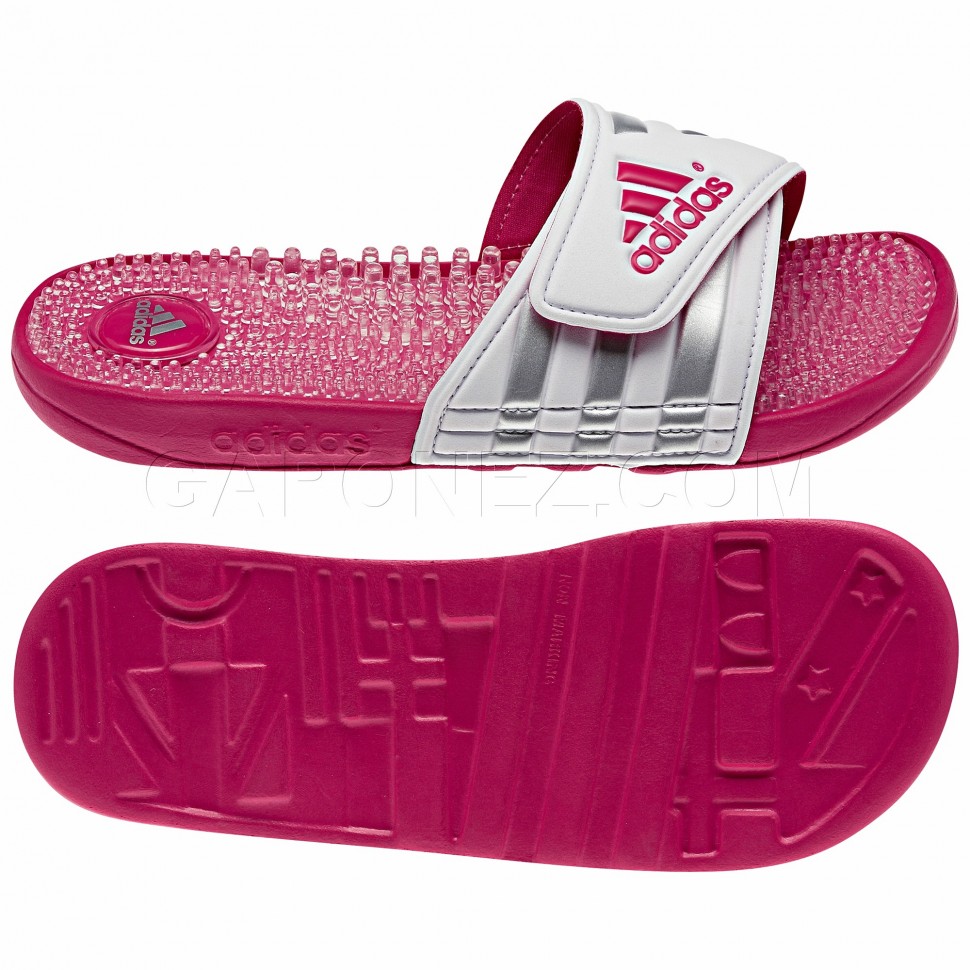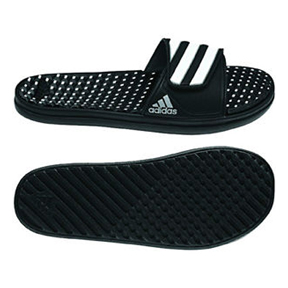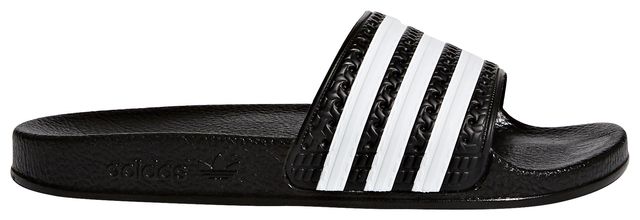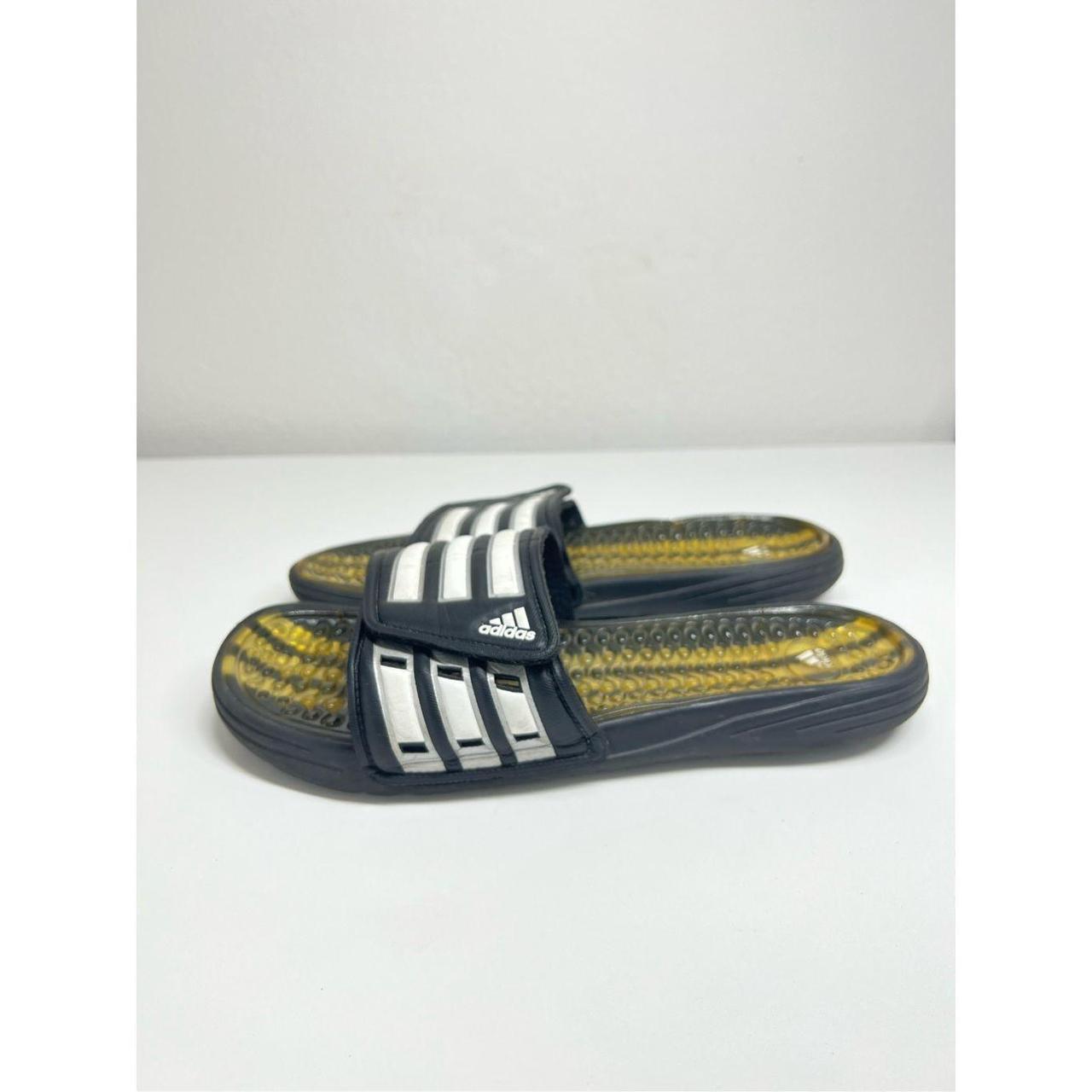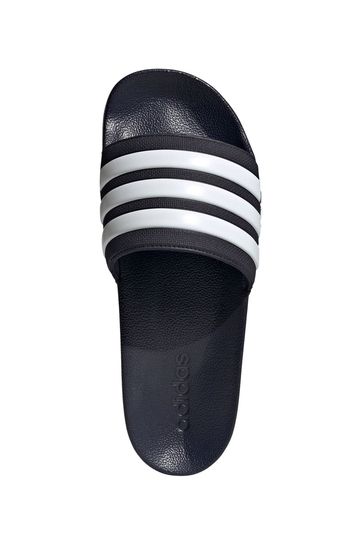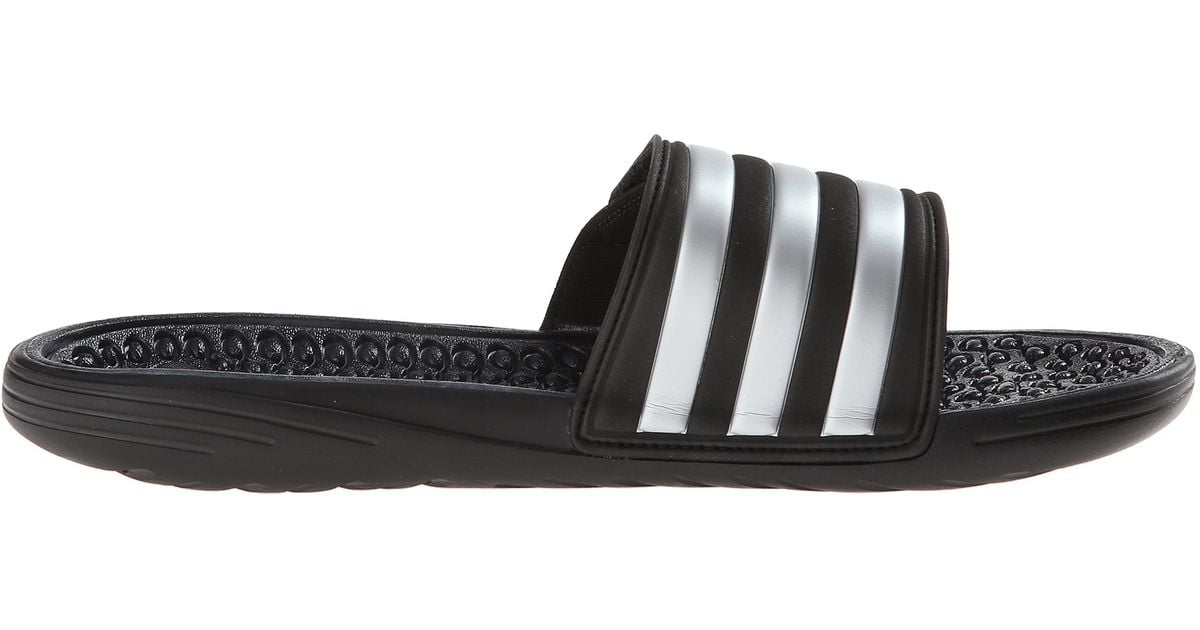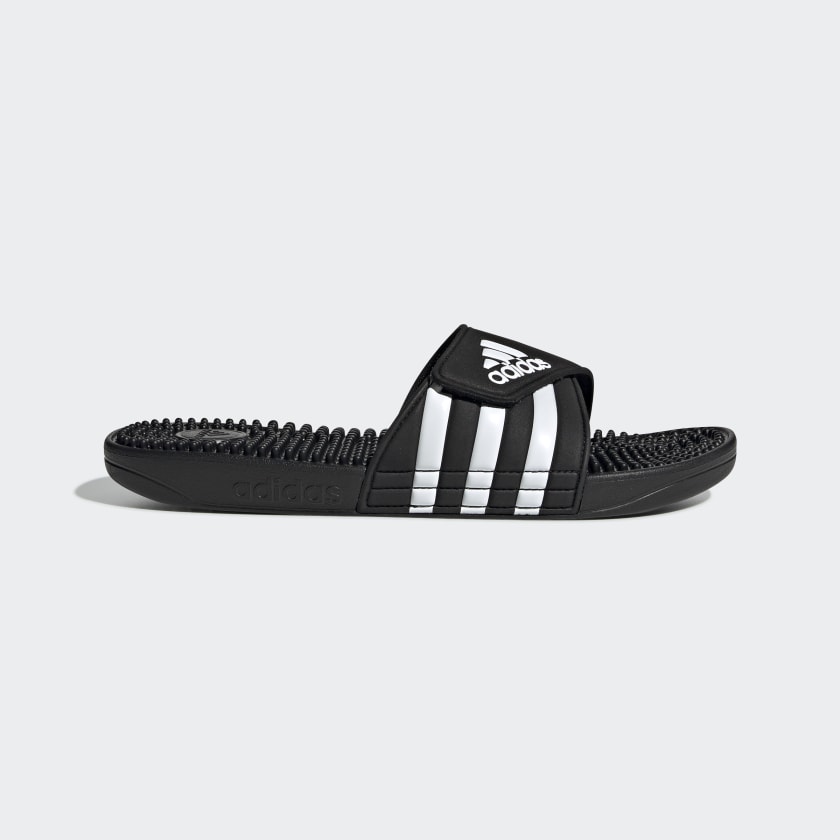
adidas Men's Calissage Slide,Black/White/Metallic Silver, 10 M | Amazon price tracker / tracking, Amazon price history charts, Amazon price watches, Amazon price drop alerts | camelcamelcamel.com

adidas Men's Calissage Slide,Black/White/Collegiate Royal, 11 M | Amazon price tracker / tracking, Amazon price history charts, Amazon price watches, Amazon price drop alerts | camelcamelcamel.com

adidas Men's Calissage Slide | Amazon price tracker / tracking, Amazon price history charts, Amazon price watches, Amazon price drop alerts | camelcamelcamel.com
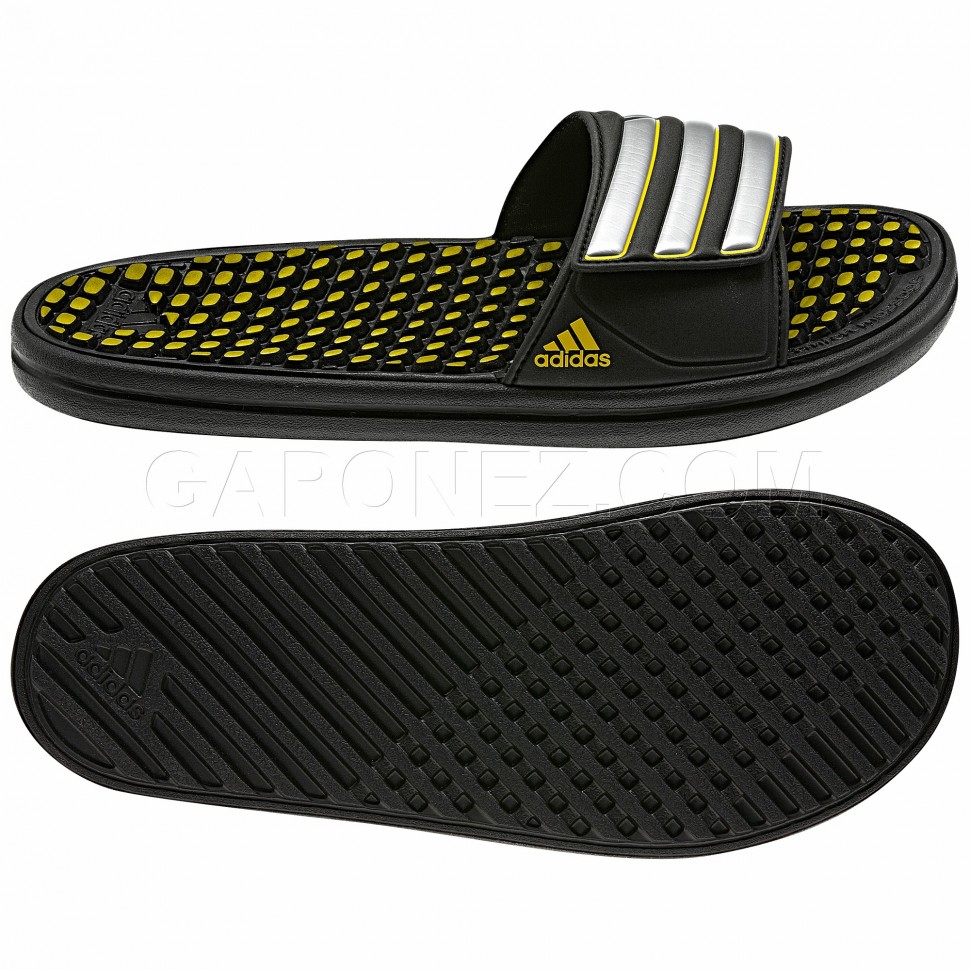
Купить Адидас Сланцы (Шлепанцы) Adidas Slides Calissage 2.0 Q23515 Men's Shales Footwear Footgear from Gaponez Sport Gear

Adidas Womens Calissage Slides Slipper Sandals Black/Pink/White $ | Adidas slippers, Sandals, Adidas women


